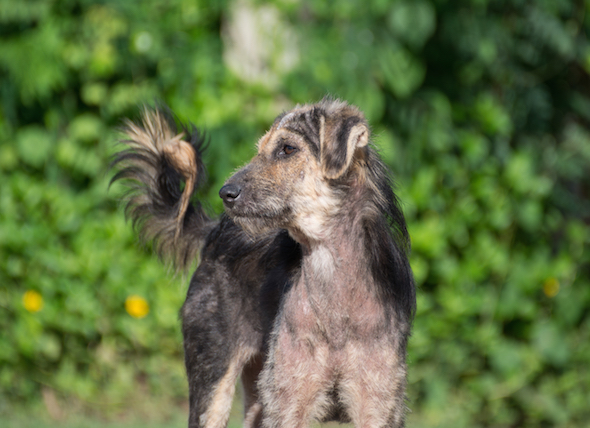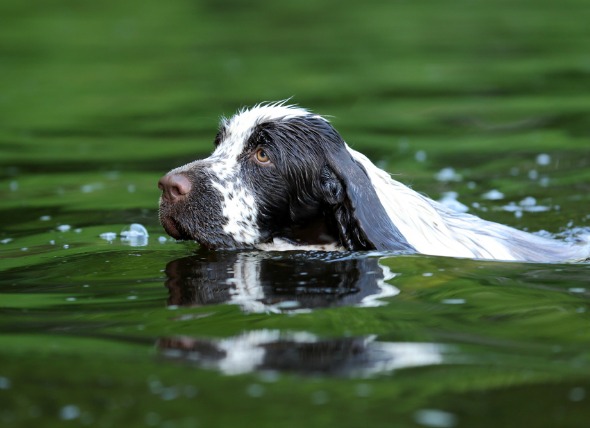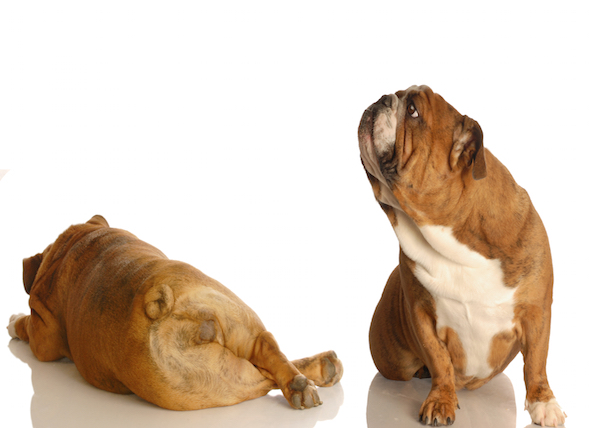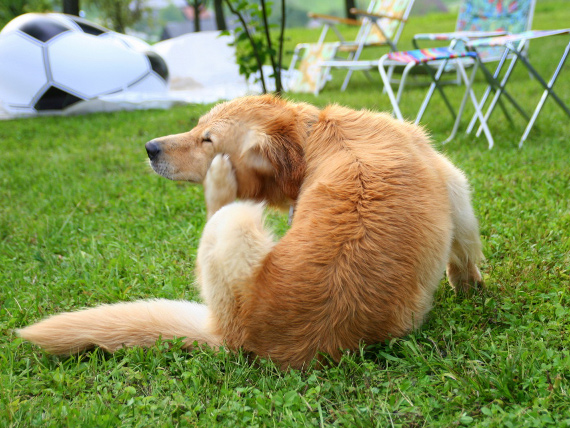

Hair loss (alopecia) is a common disorder in dogs which causes the animal to have partial or complete hair loss. It can affect a dog's skin, its endocrine system, its lymphatic system, and its immune systems. Alopecia can affect dogs and cats of all ages, breed and gender, and is either gradual or acute.
If you would like to learn more how alopecia affects cats, please visit this page in the PetMD healthy library.
Alopecia is extremely noticeable, and is characterized as a varied or a symmetrical hair loss. It may also be seen as bald circles, accompanied by crusting and inflammation around the area. Some dogs suffering from alopecia have scaling of the skin.
One of the most common causes of alopecia is mange, which caused by the mite Demodex. Hair loss can also occurs when there is a disruption in the growth of hair follicles, often from infection, trauma, an immune disease, or endocrine system abnormalities. If there are multiple missing patches of hair, it could be associated with an inflammation of the hair follicle. A more widespread area of hair loss, meanwhile, may indicate a more specific disease pattern.
The pattern and severity of alopecia is essential for a proper diagnosis and treatment plan.
Alopecia is commonly treated with topical shampoos and antibiotic therapy. If other issues are discovered to be the underlying cause, treatment to address the hormone levels may be prescribed. Meanwhile, if there is a skin growth or cancer, it will be surgically removed.
Once the treatment has been prescribed, it is essential the topical shampoos, ointments and antibiotics are administered as prescribed. In addition, monitor the dog's skin to ensure it does not become infected.
There is little that can be done to prevent alopecia, but it is important to monitor your pet for any skin issues that may cause hair loss.
 Demodectic Mange in Dogs
Demodicosis in Dogs
Mange (demodicosis) is
Demodectic Mange in Dogs
Demodicosis in Dogs
Mange (demodicosis) is
 Brain Inflammation in Dogs
Encephalitis in Dogs
The term “encephalitis
Brain Inflammation in Dogs
Encephalitis in Dogs
The term “encephalitis
 Drowning (Near Drowning) in Dogs
Hypoxemia Due to Aspiration of Water in Dogs
Near
Drowning (Near Drowning) in Dogs
Hypoxemia Due to Aspiration of Water in Dogs
Near
 Gas in Dogs
Flatulence in Dogs
Sitting next to a dog with fla
Gas in Dogs
Flatulence in Dogs
Sitting next to a dog with fla
 Tick Paralysis in Dogs
Tick Bite Paralysis in Dogs
Ticks act as carriers
Tick Paralysis in Dogs
Tick Bite Paralysis in Dogs
Ticks act as carriers
Copyright © 2005-2016 Pet Information All Rights Reserved
Contact us: www162date@outlook.com